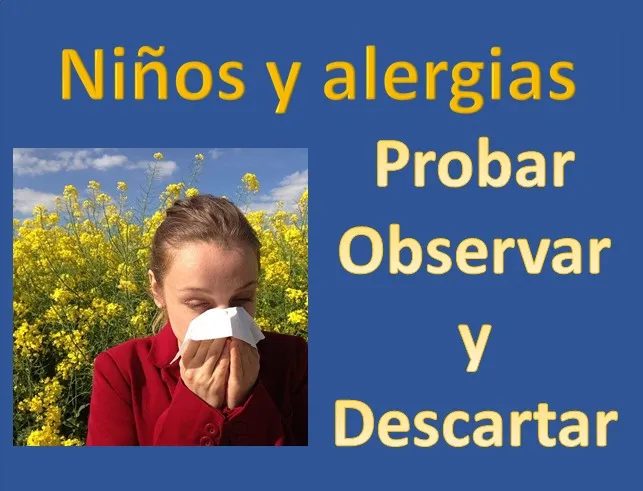
En cifras que aporta la Organización Mundial de las Alergias (OMA) el número de personas que presenta los síntomas de reacciones alérgicas en el mundo oscila entre el 20% y el 25% siendo los niños la población más afectada Ver. Esos porcentajes significan millones de personas, millones de niños, el que sean tantos no es consuelo porque un número lo leemos y de pronto nos dice muy poco pero, cuando uno de esos niños es el tuyo o el mío las cifras adquieren un significado real.
El especialista
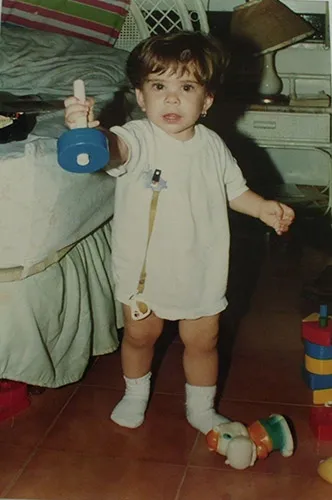
Comencé a comprender el tema de las alergias cuando mi hija presentó un cuadro asmático. La amamanté durante ocho meses más dos del destete, no tenía los diez meses cuando tuvimos que llevarla a emergencia porque presentaba gran dificultad para respirar. El médico y el papá de mi niña, que si conocía de alergias y asma, de buenas a primeras diagnosticaron asma, yo sencillamente, me negaba a aceptar un diagnóstico tan a la ligera.
Así que consulté con el pediatra y me recomendó un neumonólogo, una experiencia traumática por el listado de cosas que mi niña “no podía hacer” y otro listado de las que yo tendría que hacer, prácticamente tenía que crear una burbuja para la niña y fomentan en ella una serie de limitaciones que no tenía voluntad para hacerlo. Estaba convencida que lo de mi Indira no era asma, sin embargo, seguía algunas recomendaciones médicas en cuanto a alimentación, ambiente y algunos consejos populares.
Cuando tenía como tres años decidí llevarla a otro neumonólogo, que atendió a mi niño cuando nació porque tenia una afección bronquial por haber tragado líquido amniótico (eso fue lo que me dijeron), a este médico le había perdido la pista, cuando se la encontré le llevé la niña. El diagnóstico, asma bronquial y en consecuencia alérgica a cualquier cantidad de cosas, sin embargo, la recomendación del médico no era eliminar “todo”, sino ir probando, observar y descarta, me pareció una medida más razonable, me propuso hacerle un tratamiento continúo por cuatro meses y verla cada mes, tuviese o no el asma en ese momento.
Acepté y comenzamos el tratamiento. Un día que abro el segundo empaque me pongo a leer el prospecto, quedé horrorizada, decía que el medicamento no había sido aprobado aún, que estaba en la fase de experimentación. Me sentí abusada, hablé con mi esposo el asunto y al día siguiente estábamos en la consulta del médico. En plan de reclamo hablamos con él y nos explicó que ya el medicamento había superado la fase de experimentación con excelentes resultados y que por favor continuásemos con el mismo.
La verdad, es que da mucha indignación que a tu hijo lo tomen como conejillo de indias, que un médico abuse de la confianza que se le da y no tenga la honestidad de plantear el asunto y que como padres, uno decida, tras algunas consultas continuamos el tratamiento. Lo cierto es que la hija fue teniendo episodios de asma más espaciados y menos fuertes, sin embargo, después de esa primera fase del tratamiento no seguimos con él, nos daban miedo sus posibles consecuencias.
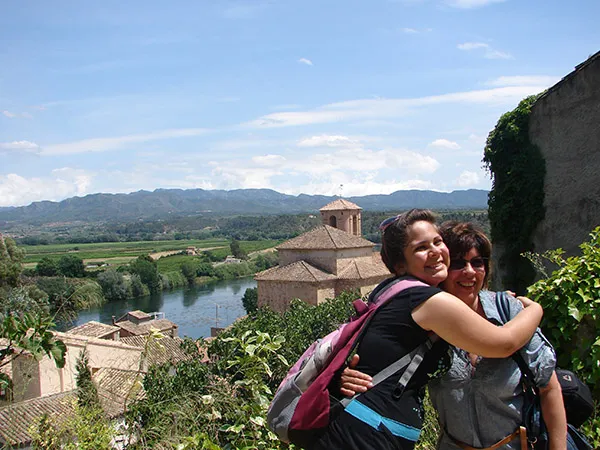
El polvo y los olores fuertes eran los agentes que más le desataban la alergia. Así que aprendimos a limpiar con paños húmedos, con frecuencia sacábamos las almohadas a llevar sol, ya de adolescente, como le gusta leer, metíamos los libro en el refrigerador para limpiarlos de ácaros, para ella cero perfumes o talcos y para ayudarla a mejorar su capacidad respiratoria desde bebé estuvo es la natación, de adolescente en el tenis, de adulta en el yoga y muchos paseos al aire libre.
El gran aprendizaje ha sido que cada niño es diferente y por lo tanto las cosas que afectan a uno no afectan a todos, así que la recomendación de probar, observar y descartar es una de las mejores opciones, eso evita que hagamos prohibiciones a ciegas poniendo límites sin razón y segundo estar atentos a cada medicamento que le mandan a nuestro niño, debemos confiar en nuestros médicos pero no ciegamente.
In English

According to figures provided by the World Allergy Organization (WFO), the number of people presenting symptoms of allergic reactions in the world ranges between 20% and 25%, with children being the most affected population See. Those percentages mean millions of people, millions of children, the fact that there are so many is no consolation because we read a number and suddenly it tells us very little but, when one of those children is yours or mine, the figures acquire a real meaning.
The specialist

I began to understand the subject of allergies when my daughter developed asthma. I breastfed her for eight months plus two months of weaning, she was not even ten months old when we had to take her to the emergency room because she had great difficulty breathing. The doctor and my baby's father, who knew about allergies and asthma, diagnosed her with asthma right off the bat, and I simply refused to accept such a diagnosis so lightly.
So I consulted with the pediatrician and he recommended a pulmonologist, a traumatic experience because of the list of things that my child "could not do" and another list of things that I would have to do, I practically had to create a bubble for the child and encourage in her a series of limitations that she did not have the will to do. I was convinced that my Indira's condition was not asthma, however, I followed some medical recommendations regarding food, environment and some popular advice.
When she was about three years old I decided to take her to another pneumonologist, who treated my child when she was born because she had a bronchial condition due to having swallowed amniotic fluid (that was what I was told), I had lost track of this doctor, when I found her I took the child to him. The diagnosis, bronchial asthma and consequently allergic to any number of things, however, the doctor's recommendation was not to eliminate "everything", but to test, observe and discard, it seemed to me a more reasonable measure, he proposed a continuous treatment for four months and see her every month, whether or not she had asthma at that time.
I accepted and we started the treatment. One day when I opened the second package I started to read the package insert, I was horrified, it said that the drug had not been approved yet, that it was in the experimental phase. I felt abused, I talked to my husband about it and the next day we were at the doctor's office. As a complaint, we talked to him and he explained that the drug had already passed the experimental phase with excellent results and that we should please continue with it.
The truth is that it is very upsetting that your child is taken as a guinea pig, that a doctor abuses the trust given to him and does not have the honesty to raise the issue and that as parents, one decides, after some consultations, to continue the treatment. The truth is that the daughter was having more spaced and less strong episodes of asthma, however, after that first phase of treatment we did not continue with it, we were afraid of its possible consequences.

Dust and strong odors were the agents that most triggered her allergy. So we learned to clean with damp cloths, we often took the pillows out in the sun, as a teenager, since she likes to read, we put the books in the refrigerator to clean them of dust mites, for her zero perfumes or talcum powder and to help her improve her respiratory capacity from baby was swimming, as a teenager in tennis, the adult in yoga and many outdoor walks.
.
The great learning has been that each child is different and therefore the things that affect one does not affect all, so the recommendation to test, observe and discard is one of the best options that prevents us from blindly making prohibitions setting limits for no reason and secondly to be attentive to each medication that is sent to our child, we must trust our doctors but not blindly.
Translated with www.DeepL.com/Translator (free version)
Fuente de imágenes: Portada - Otras: Archivo personal.




MIS REDES SOCIALES

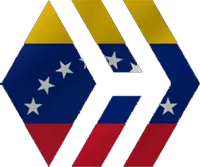



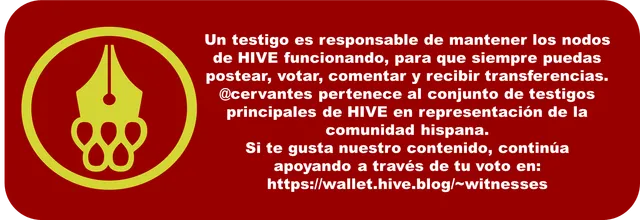
Te invito a apoyar este proyecto como witnes y a formar parte de esta gran comunidad uniéndote a su Discord en el siguiente enlace:
Discord de la comunidad Cervantes




